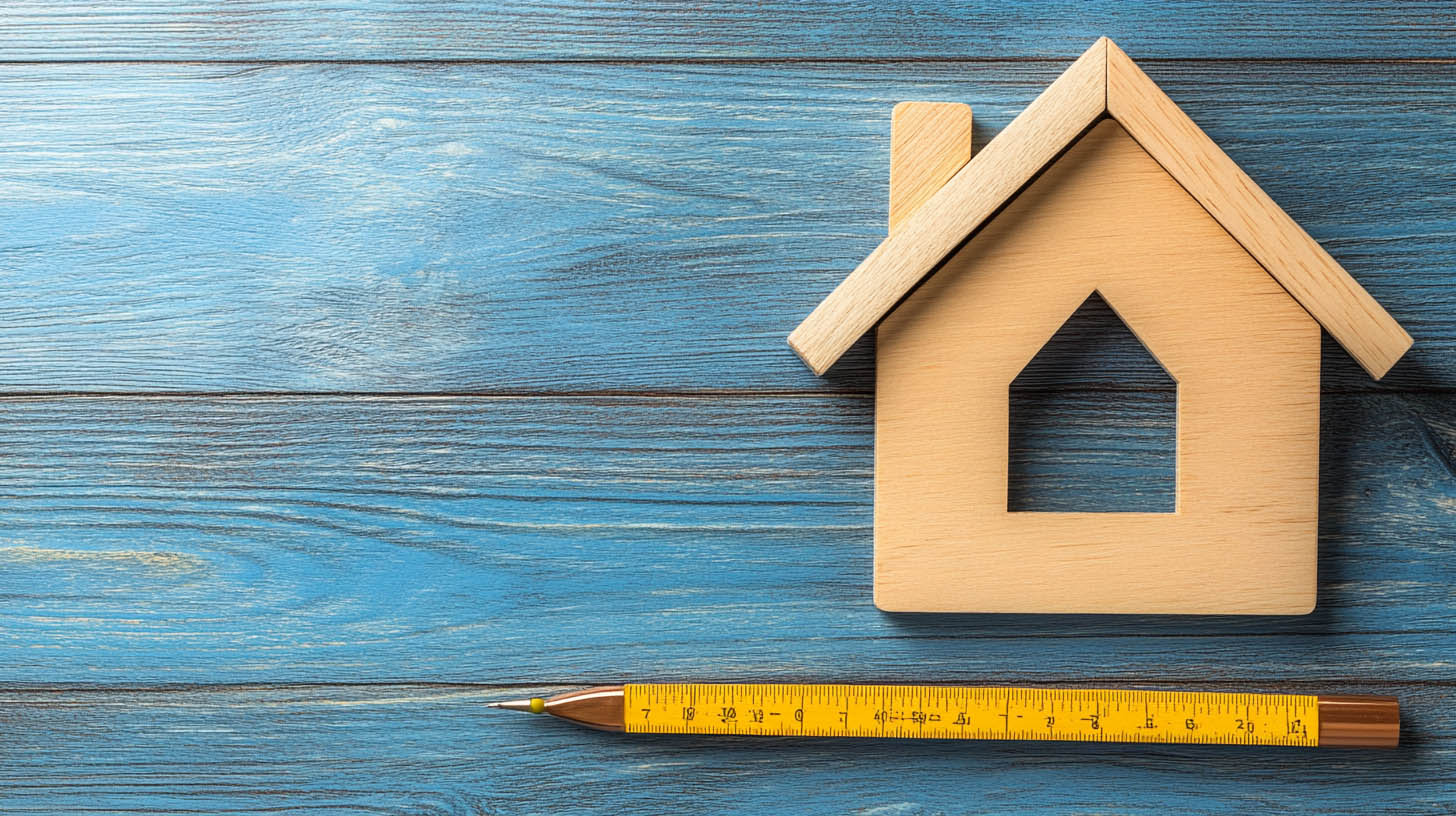
Accurately measuring roof pitch is critical for proper roof installation, drainage planning, and material selection. If you’re in Charleston, WV, and need professional assistance, Rainstoppers Roofing offers expert services for all your roofing needs.
What Is Roof Pitch?
Roof pitch measures the steepness or slope of a roof, expressed as a ratio (e.g., 5:12). The first number represents the vertical rise (in inches) for every 12 inches of horizontal run. A roof with a 5:12 pitch rises 5 inches for every foot of horizontal distance.
Fact Highlight: The Alaska state guidelines recommend a minimum roof pitch of 2:12 for effective snow drainage, emphasizing its importance in snowy climates.
Why Roof Pitch Matters
Structural Integrity
Roof pitch affects the architectural style and structural stability of a home. A well-calculated pitch enhances durability and complements the design.
Drainage Efficiency
Steeper pitches efficiently shed rain and snow, reducing the risk of water pooling and leaks. Flatter roofs may require additional drainage solutions to prevent water damage.
Energy Efficiency
Roof pitch influences insulation capacity. Steeper roofs often provide more space for insulation, improving energy efficiency and reducing heating or cooling costs.
Tools and Methods to Measure Roof Pitch
1. From the Roof Surface
Tools Needed:
- Level
- Tape measure
Steps:
- Place a level horizontally on the roof.
- Mark a point 12 inches along the level.
- Measure the vertical rise from the roof surface to the 12-inch mark on the level.
Example: If the rise is 6 inches, the pitch is 6:12.
2. From Inside the Attic
Tools Needed:
- Level
- Tape measure
Steps:
- Place the level against the underside of a rafter.
- Mark a point 12 inches from one end of the level.
- Measure the vertical rise from this mark to the rafter.
This method is safer and suitable during adverse weather.
3. Using Digital Tools
Modern tools like smartphone apps and drones simplify pitch measurement. These technologies use photogrammetry and aerial imaging for accurate calculations, reducing risks associated with manual methods.
Can You Change Your Roof Pitch?
Altering roof pitch is possible but involves extensive structural modifications, such as replacing rafters and ridges. This is a complex project that requires professional expertise and significant investment.
Benefits of Adjusting Roof Pitch:
- Improved drainage on flat roofs.
- Enhanced aesthetics and curb appeal.
- Increased attic space for insulation or storage.
Did you know? Adjusting roof pitch can significantly improve snow shedding, reducing the likelihood of structural damage in winter.
FAQs
Q1: How do I calculate roof pitch using an app?
Many apps use your smartphone’s gyroscope to measure angles. Simply place your phone on a flat surface or rafter, and the app calculates the pitch.
Q2: What is the most common roof pitch?
In residential homes, pitches range from 4:12 to 9:12, balancing aesthetics and functionality.
Q3: Can roof pitch affect roofing material selection?
Yes, steeper pitches may require specific materials for better adhesion and water resistance.
Q4: Is it safe to measure roof pitch from the roof?
Climbing onto the roof can be dangerous. Always prioritize safety or use attic or digital methods for measurement.
Q5: How does roof pitch influence energy bills?
Steeper roofs allow for better insulation, reducing energy costs during extreme weather.To learn how to tarp a roof during an emergency, click here.
